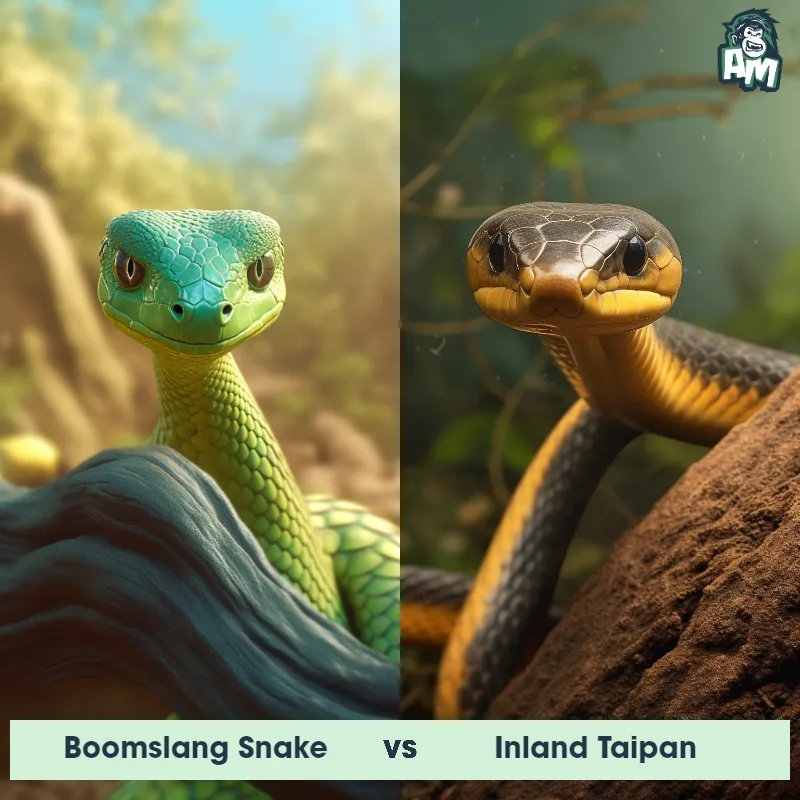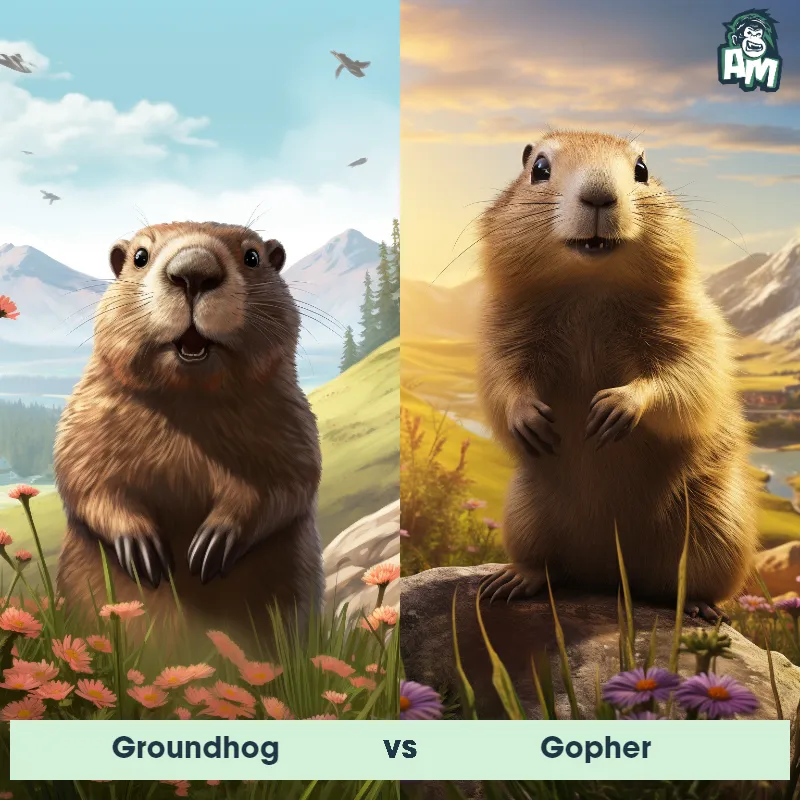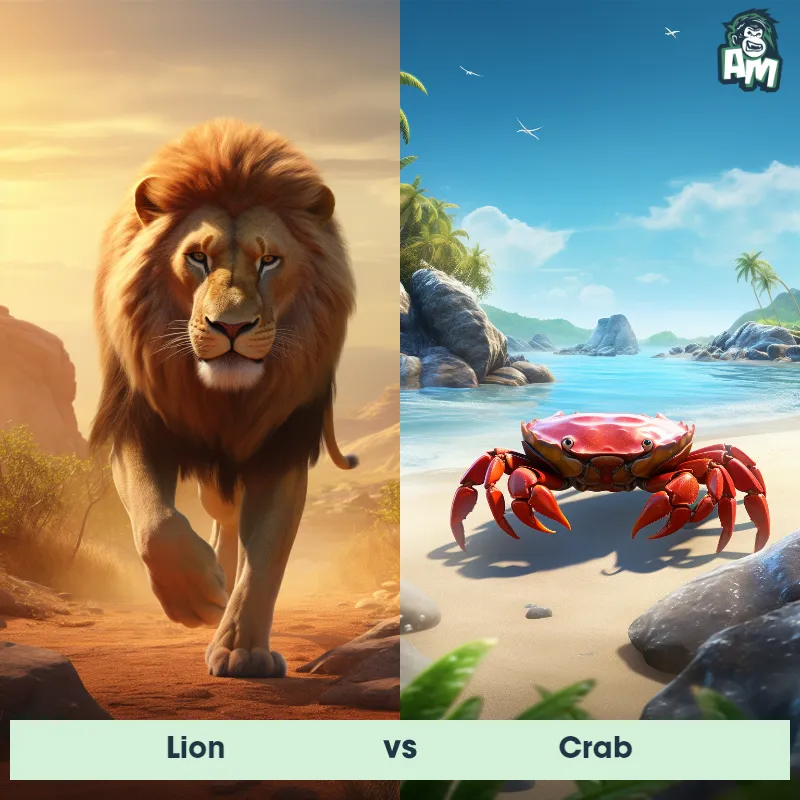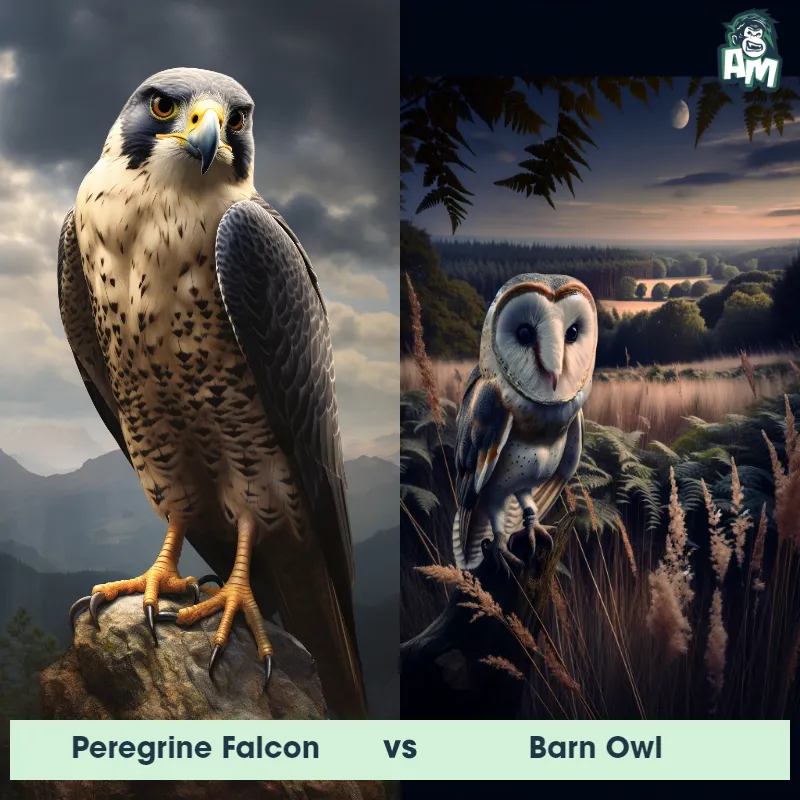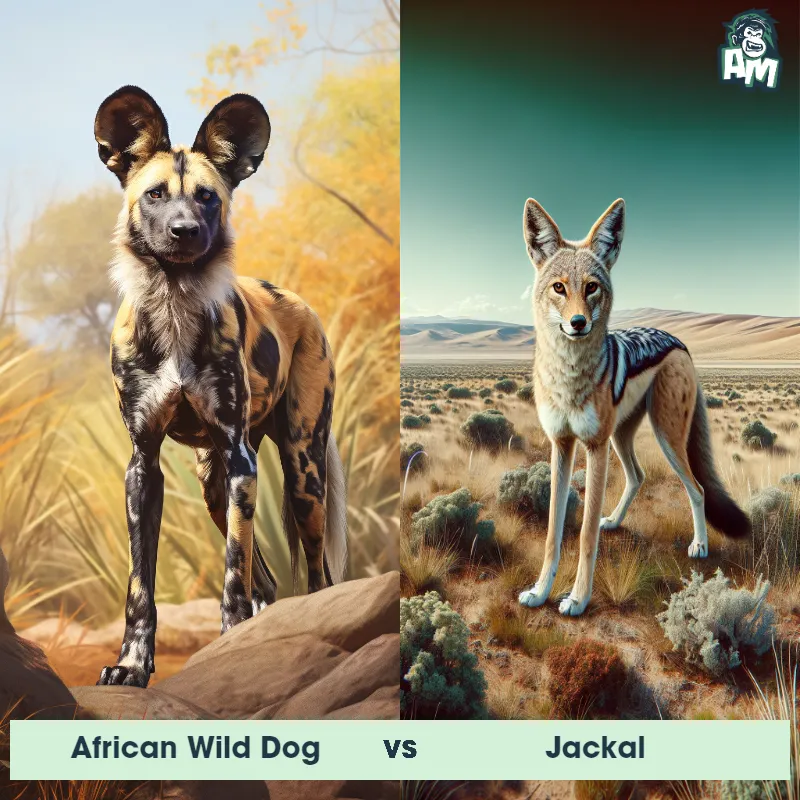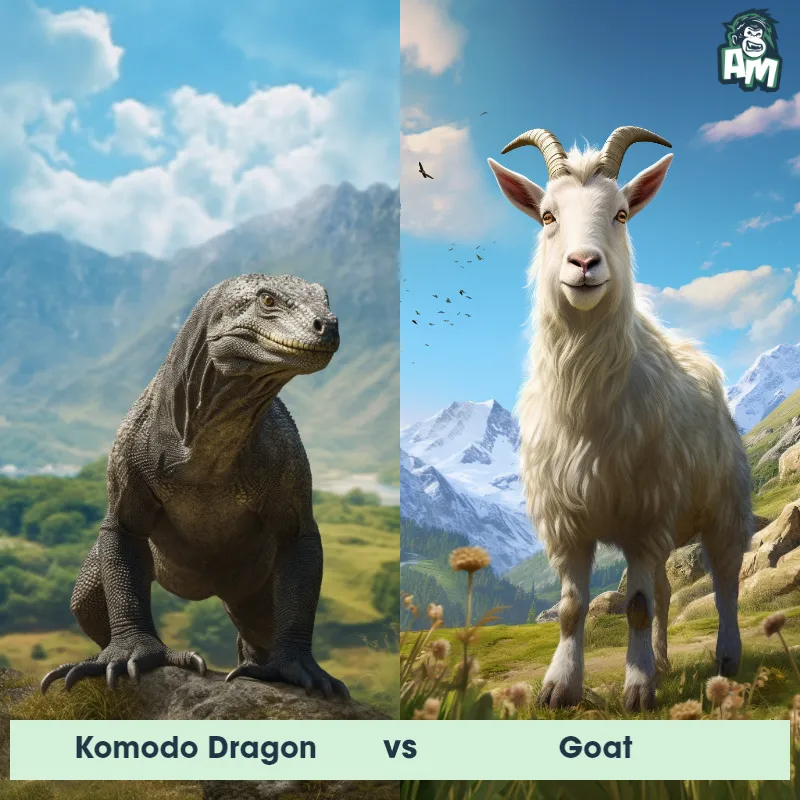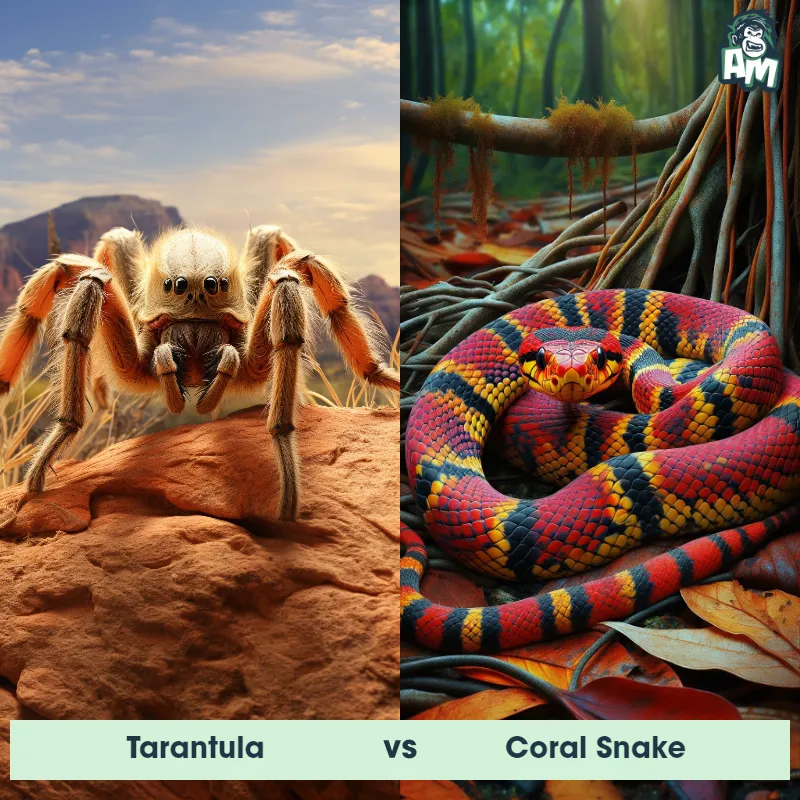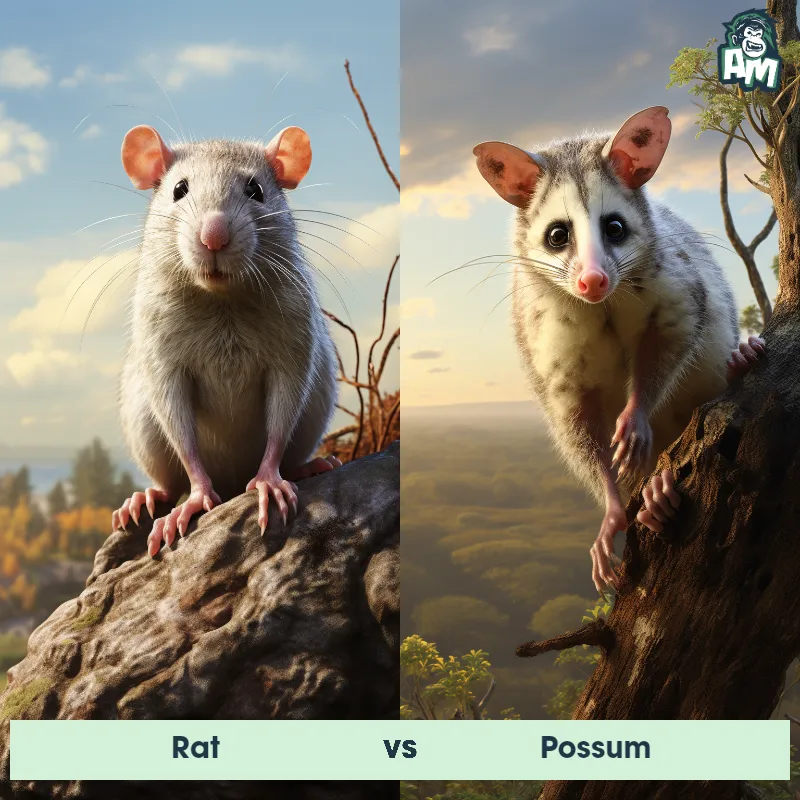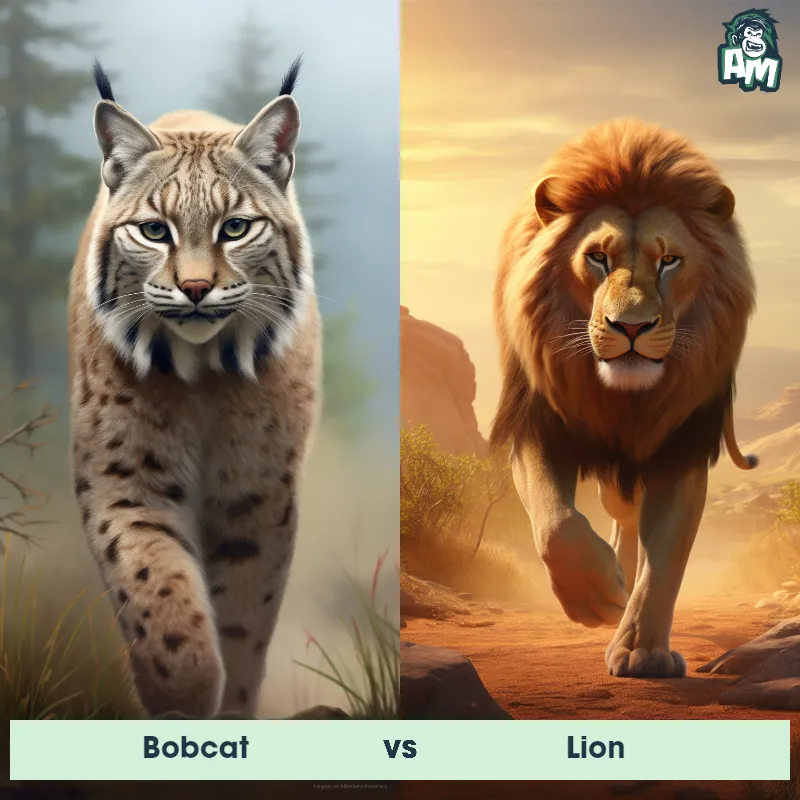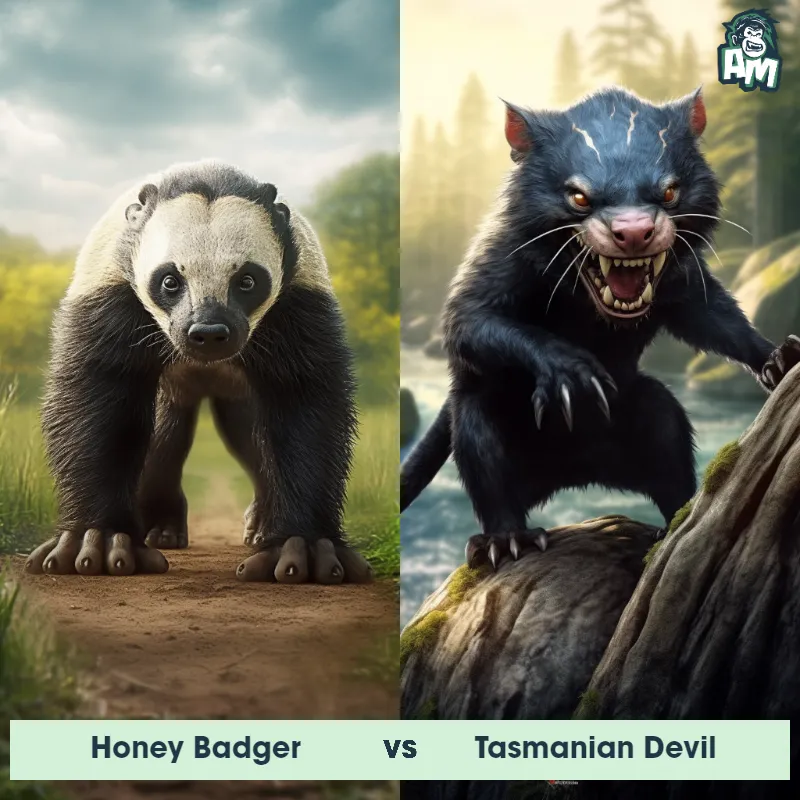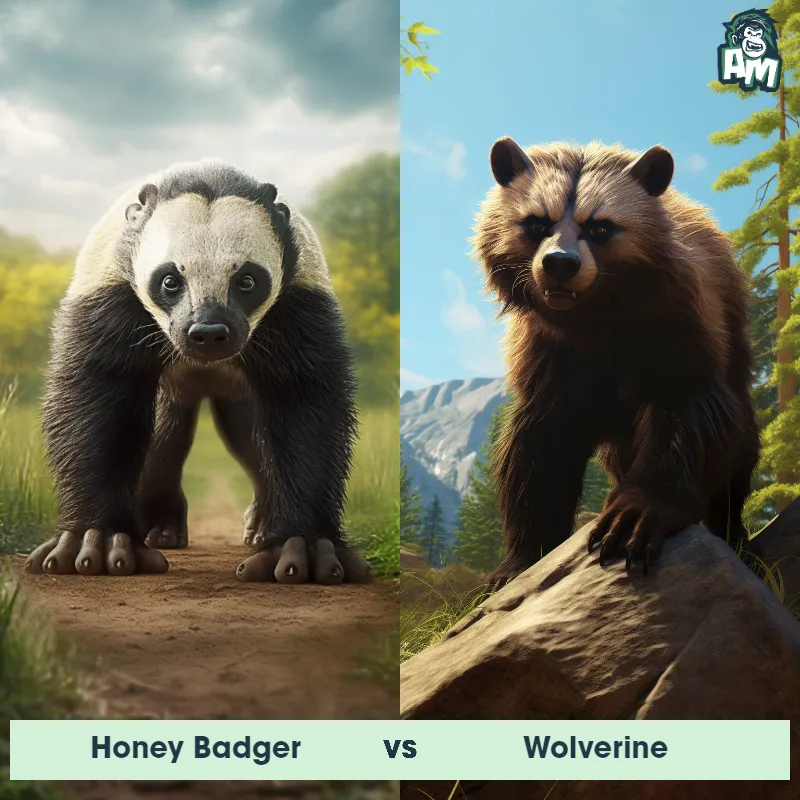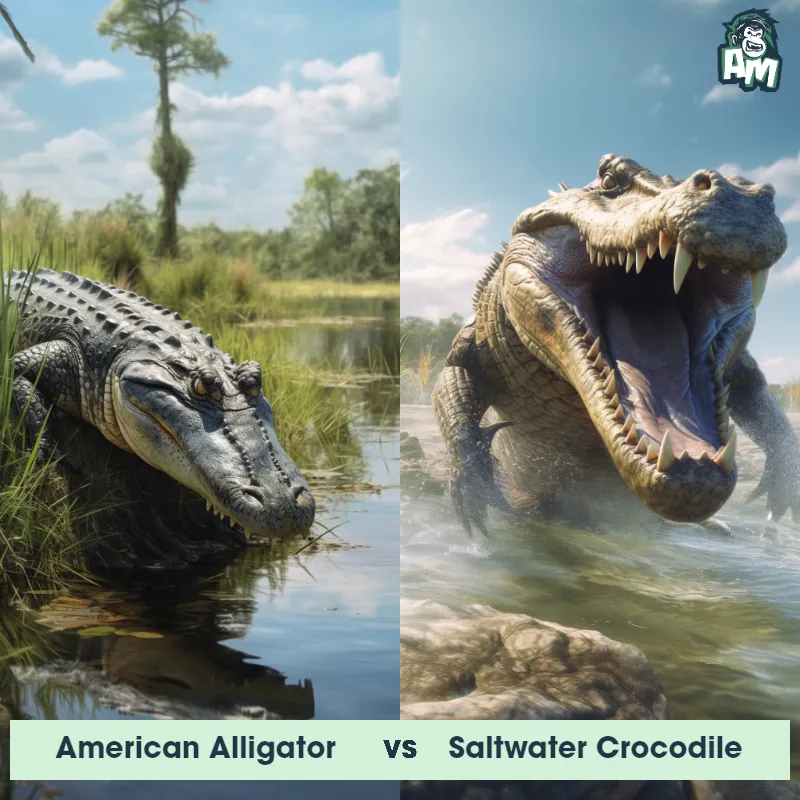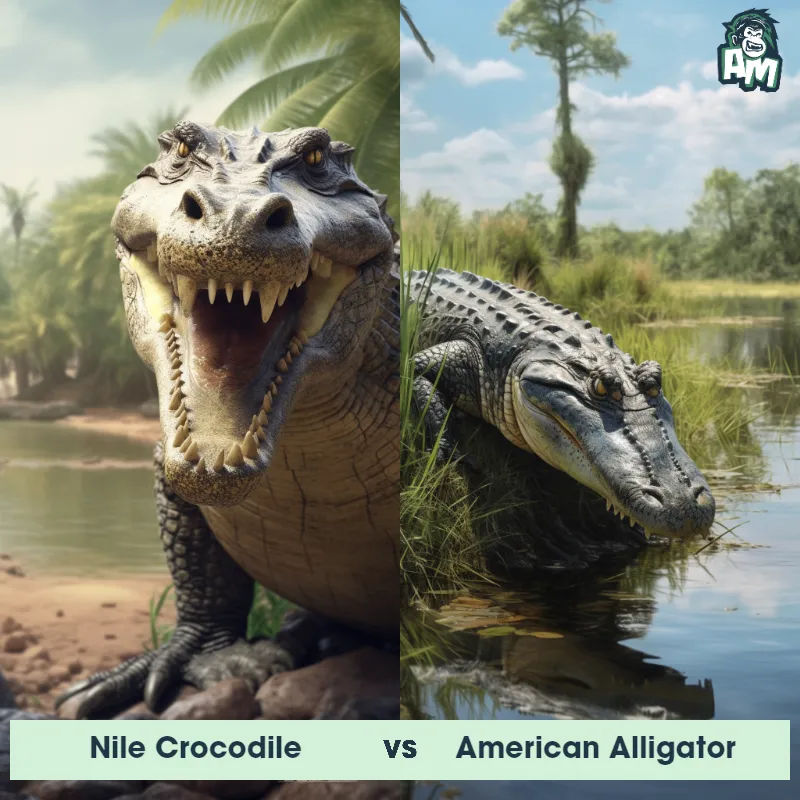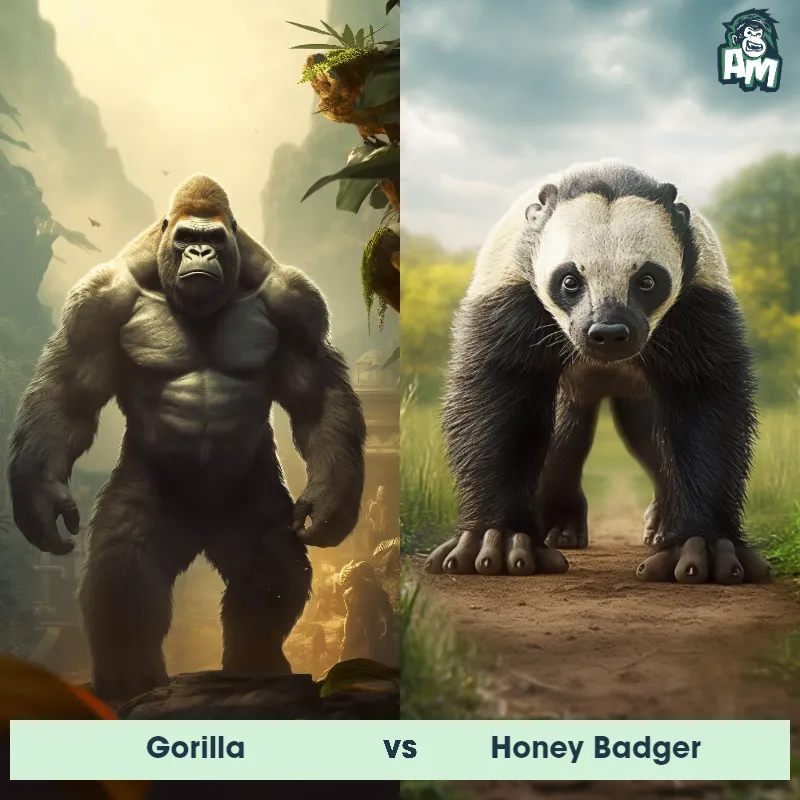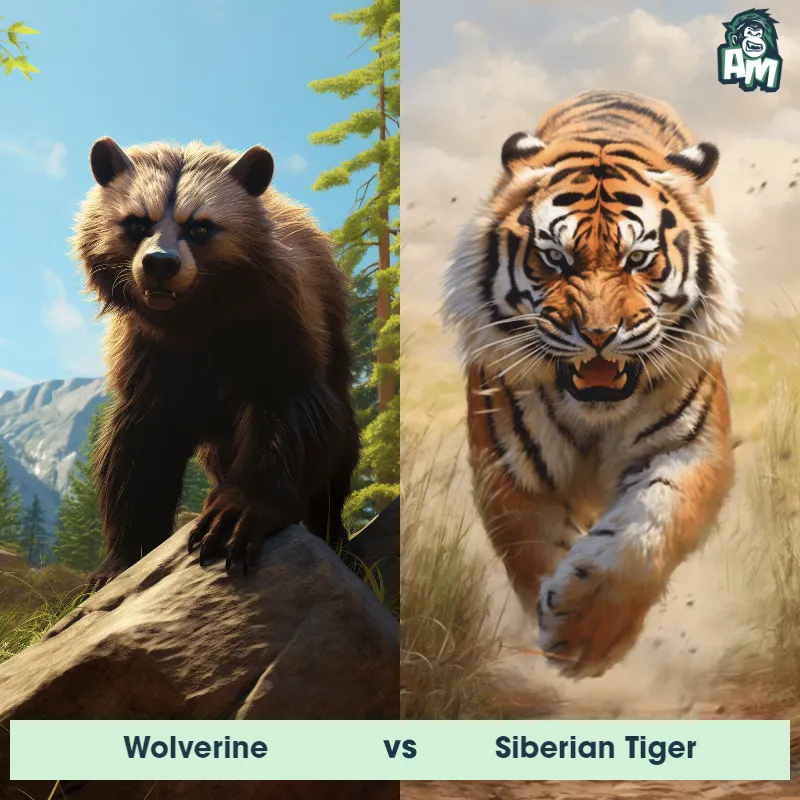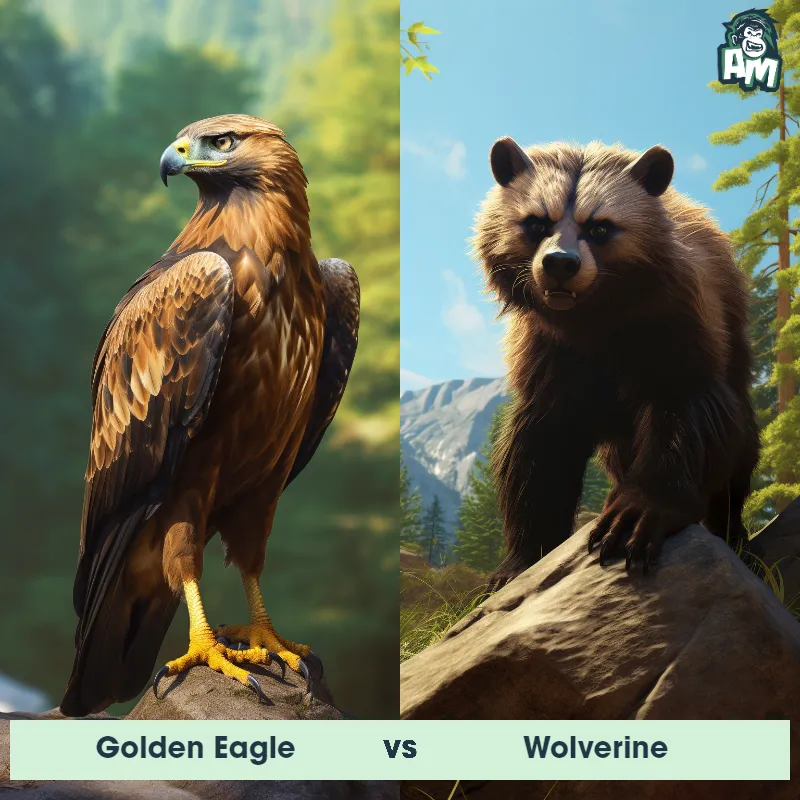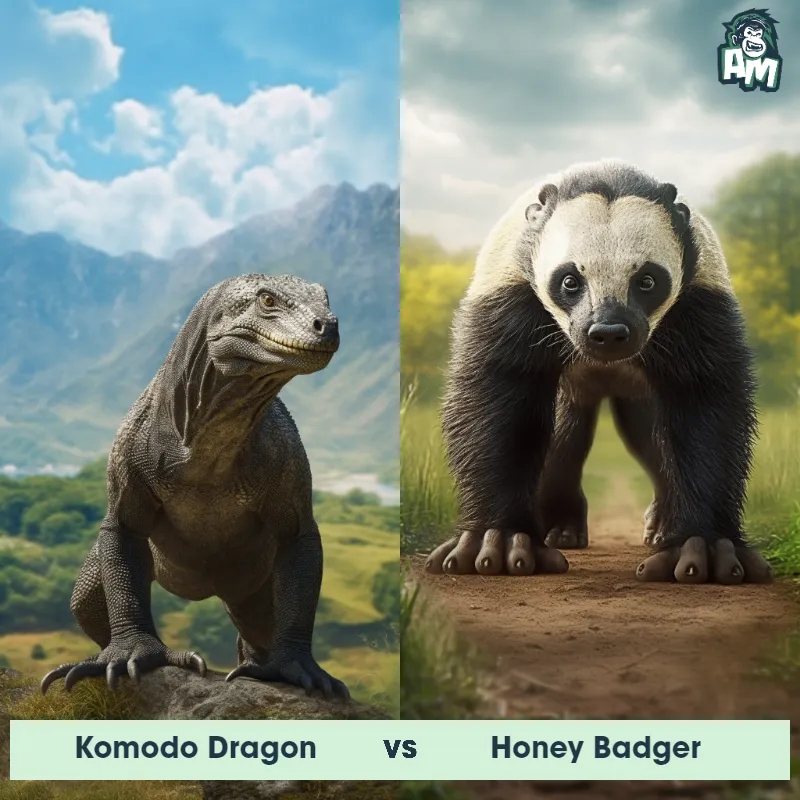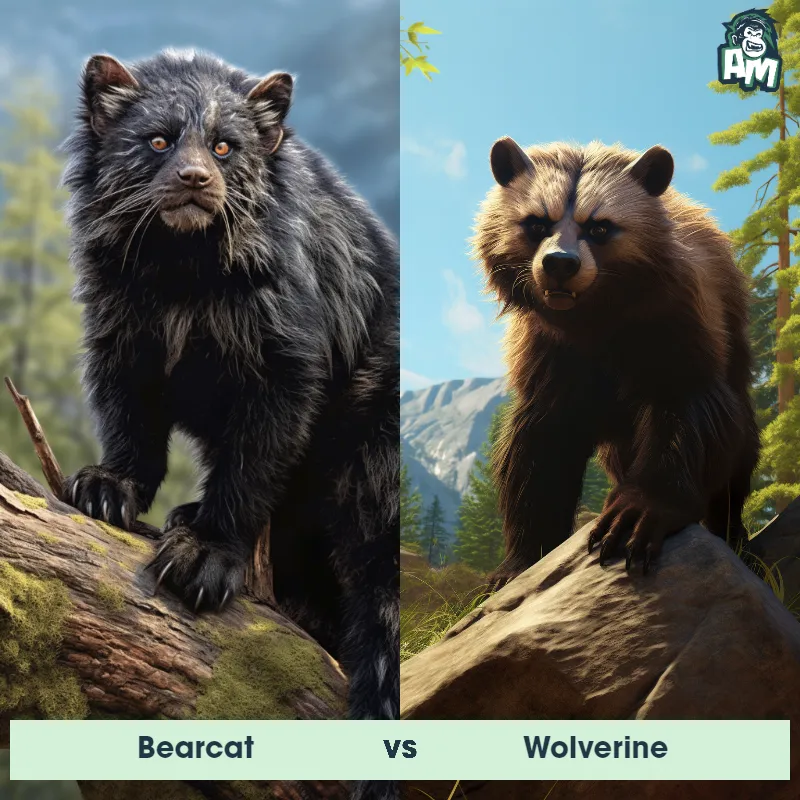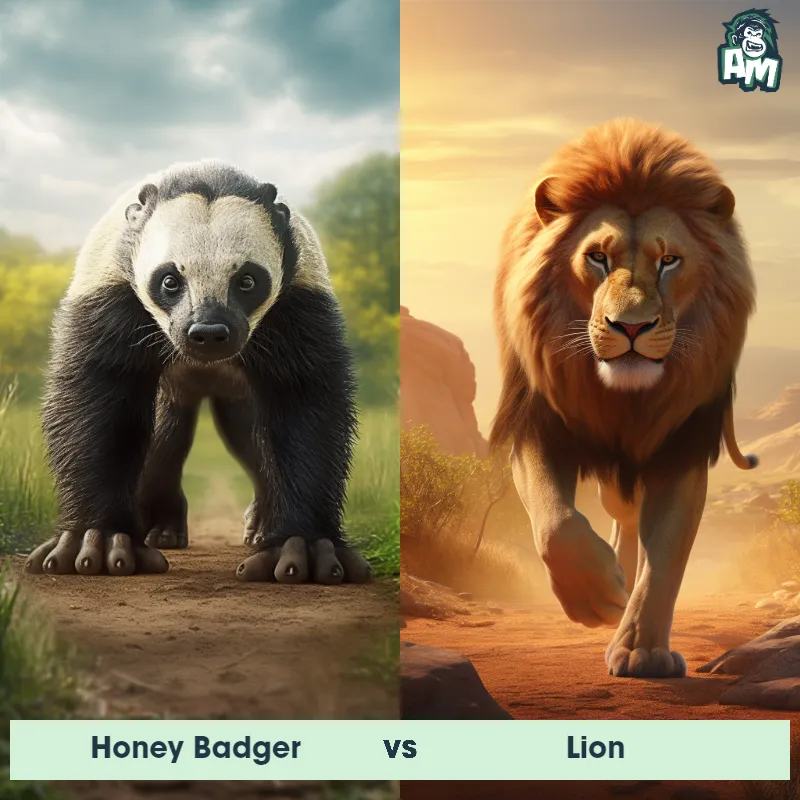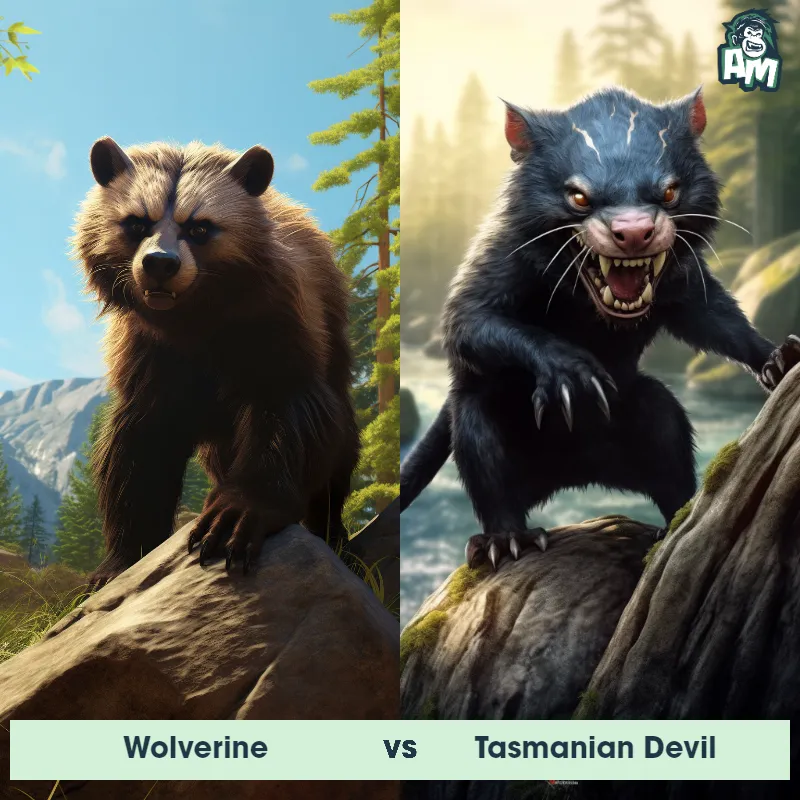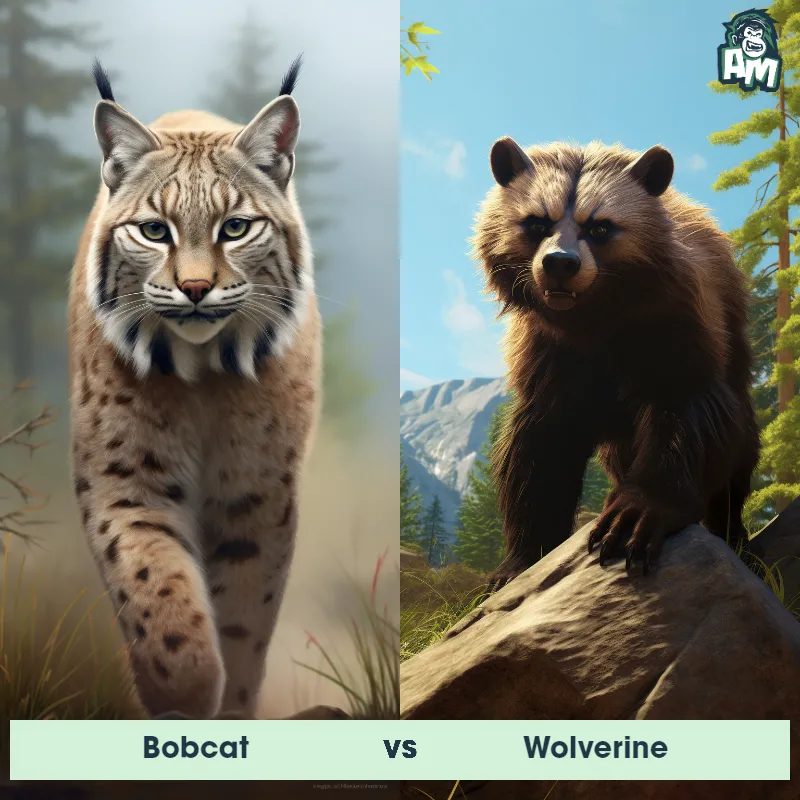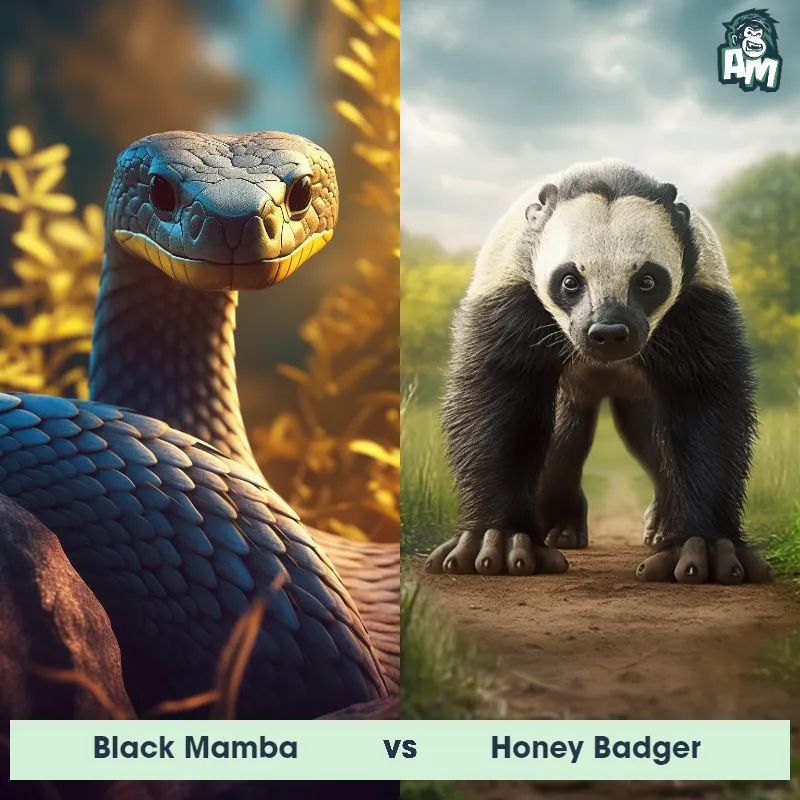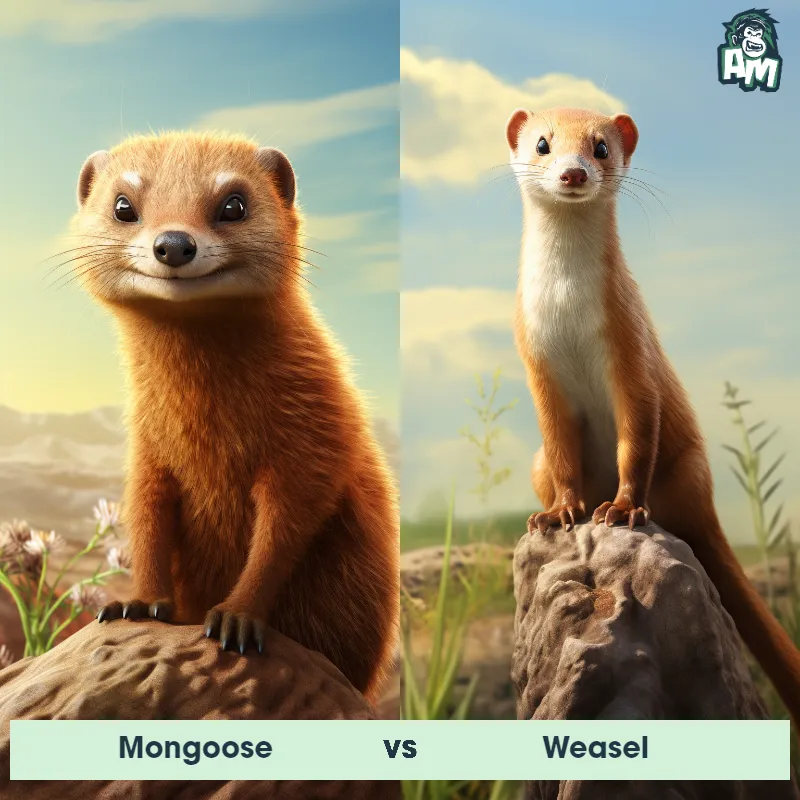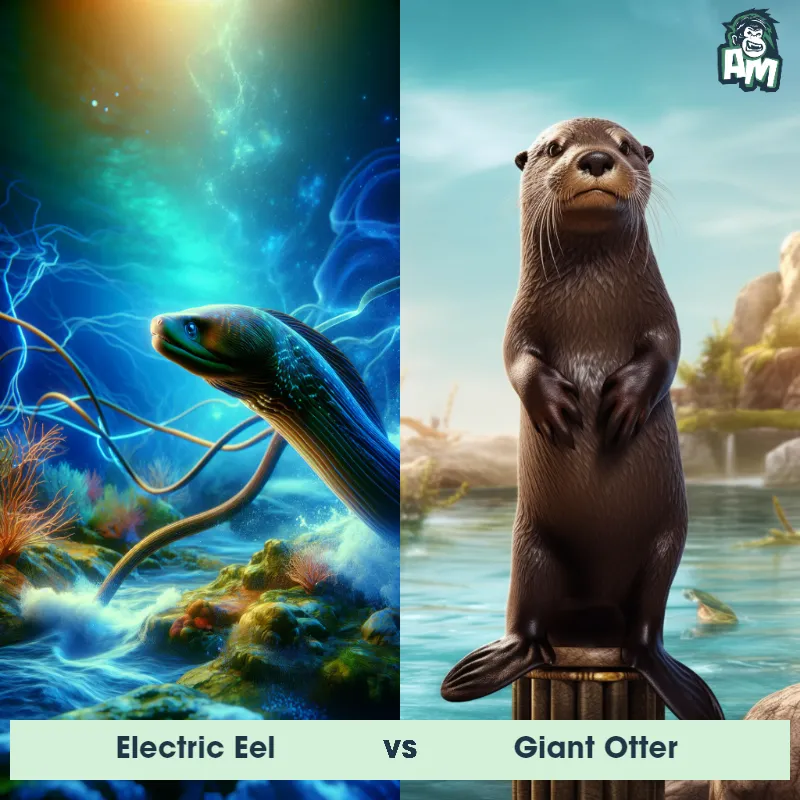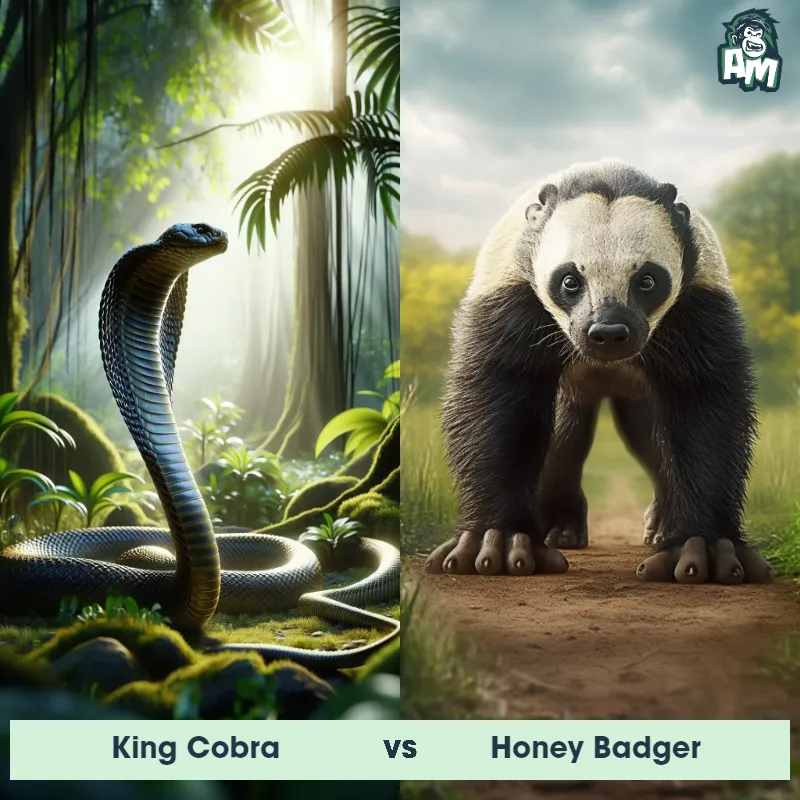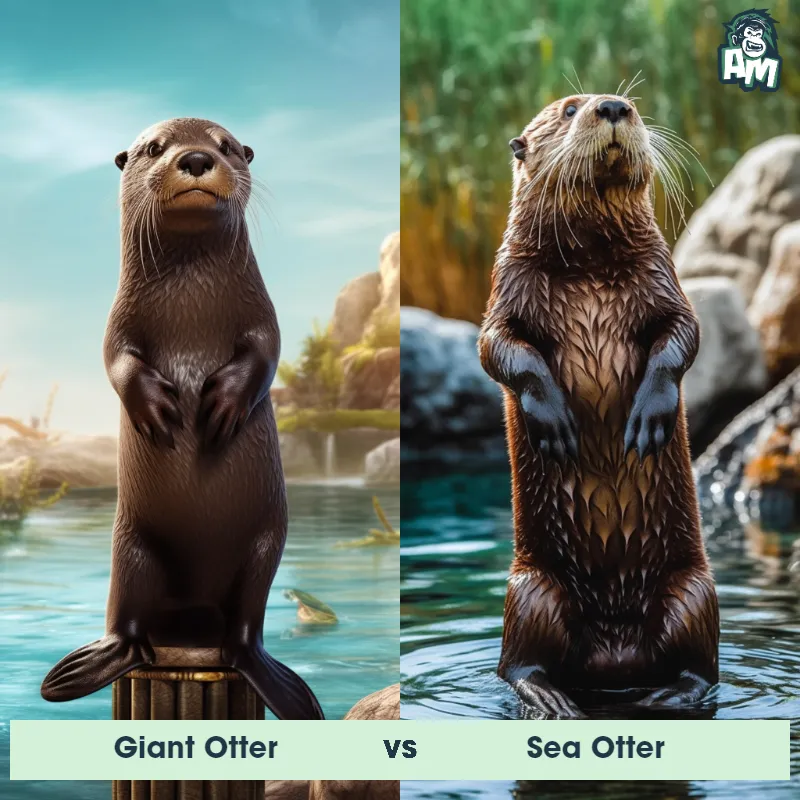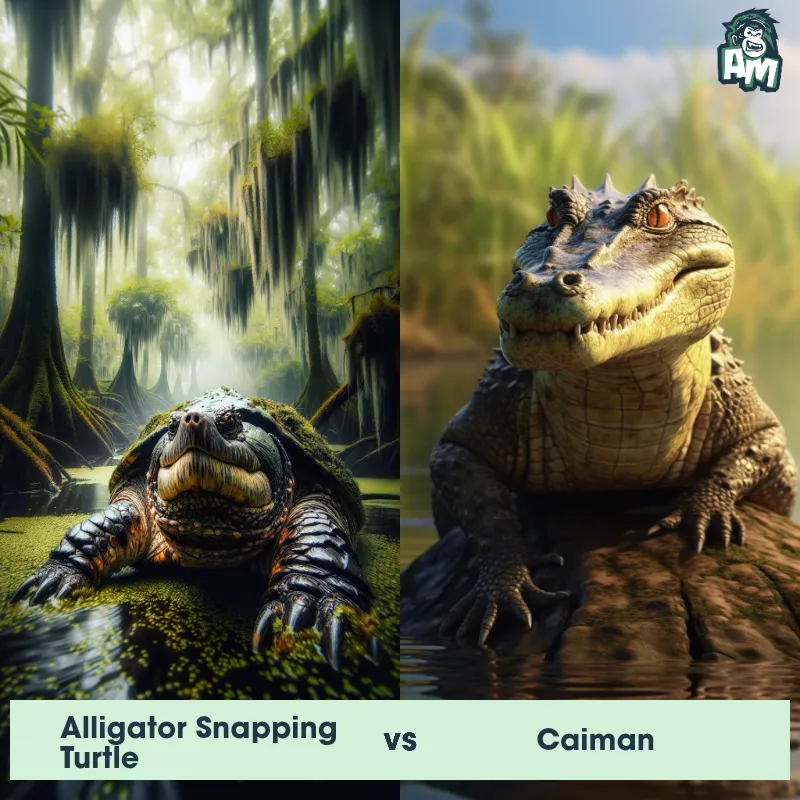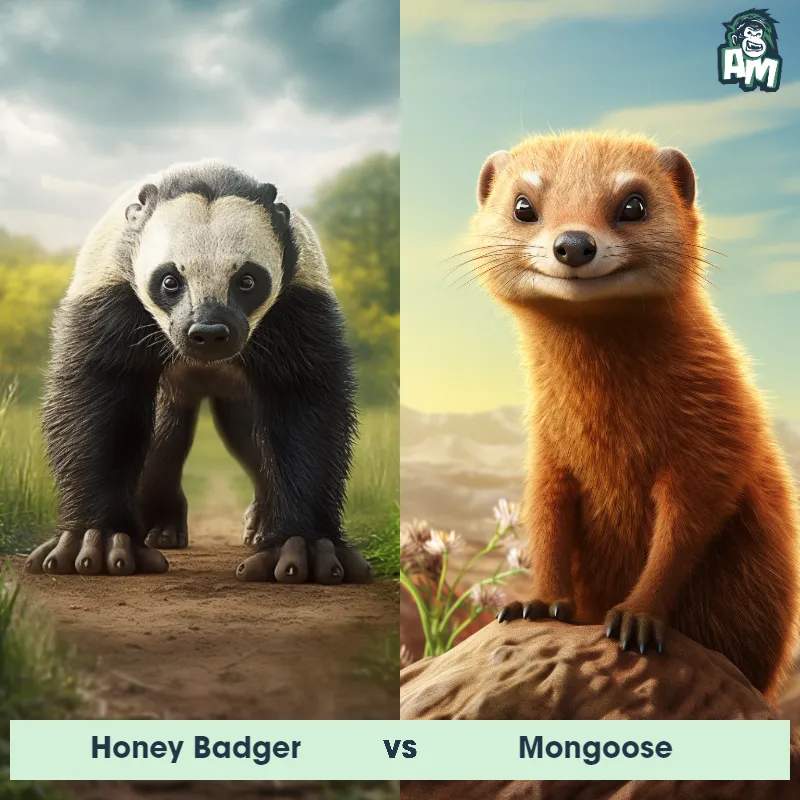Giant Otter vs Black CaimanSee Who Wins

Ladies and gentlemen, welcome to this thrilling matchup between two incredible creatures of the wild! It's the swift and agile Giant Otter taking on the mighty and fearsome Black Caiman. This promises to be an epic battle between two top predators. Without further ado, let's jump right into the action!
Contender 1: Giant Otter
The Giant Otter, also known as the Giant River Otter or the South American Otter, is the largest of all otter species, measuring up to 6 feet in length and weighing up to 70 pounds. They have sleek, dark brown fur with white or cream-colored markings on their throat and chest. Their webbed feet and powerful tail make them excellent swimmers, and they are known for their ability to catch fish with their sharp teeth and strong jaws.
Fun Fact: Giant Otters have the thickest fur of any mammal in the animal kingdom, with up to 1 million hairs per square inch, which helps them stay warm in the cold waters of their habitat.
Contender 2: Black Caiman
The Black Caiman, also known as Melanosuchus niger, is a large reptile found in the rivers and swamps of South America. This species is the largest member of the alligator family and can grow up to 5 meters long. It has a dark black coloration, which helps it blend in with the muddy waters it inhabits. The Black Caiman has a muscular body with a long tail and powerful jaws lined with sharp teeth. It primarily feeds on fish, birds, and mammals, and is known for its strong swimming abilities and stealthy hunting techniques.
Fun Fact: One fascinating fact about the Black Caiman is that it has a lifespan that can span over 80 years, making it one of the longest-lived reptiles in the world.
Matchup Stats
| Giant Otter | Black Caiman | |
|---|---|---|
| Size | Up to 6 feet (1.8 meters) in length | Up to 5 meters (16.4 feet) |
| Weight | Up to 70 pounds (32 kilograms) | Up to 500 kg (1,102.3 pounds) |
| Speed | Speed: 22 mph (35 km/hr) | 10mph (16km/h) |
| Key Strength | Powerful jaws and sharp teeth | Powerful jaws |
| Biggest Weakness | Vulnerable to attacks on land | None known |
Current Votes
Giant Otter vs Black Caiman
See Who Wins
View More Matches
Looking For More?
Similar Matches
Scientific Stats
| Giant Otter | Black Caiman | |
|---|---|---|
| Scientific Name | Pteronura brasiliensis | Melanosuchus niger |
| Family | Mustelidae | Alligatoridae |
| Habitat | Freshwater rivers, lakes, and swamps | Rivers and swamps |
| Geography | South America, specifically the Amazon, Orinoco, and La Plata river systems | South America |
| Diet | Fish, crustaceans, and small mammals | Fish, birds, and mammals |
| Lifespan | 8 years - 10 years | 30 years - 70 years |
Key Differences between Giant Otter and Black Caiman
- Webbed feet: The Giant Otter possesses fully webbed feet, specifically adapted for swimming and navigating through water bodies effortlessly. In contrast, the Black Caiman has less pronounced webbing between its toes, reflecting its primarily aquatic lifestyle but limited swimming agility.
- Size: The Giant Otter is one of the largest otter species, reaching lengths of up to 6 feet, while the Black Caiman is a much larger reptile species that can grow up to 14 feet long.
- Coloration: The Giant Otter has a sleek and glossy fur coat with a distinct pattern of dark brown or black fur and cream-colored markings on the throat and chest, whereas the Black Caiman has dark black or dark brown scales on its body, offering a more reptilian appearance.
- Habitat: Giant Otters are mainly found in freshwater habitats such as rivers, lakes, and wetlands within the Amazon and other South American regions. The Black Caiman, being a reptile, also inhabits these same freshwater ecosystems, but it can also be found in brackish waters and coastal areas of South America.
- Facial features: Giant Otters have a rounded face, equipped with large eyes and small, rounded ears, giving them a characteristic cute and expressive appearance. In contrast, the Black Caiman has a broader head with a pair of more prominent, longer snouts that are lined with sharp teeth.
- Body shape: The Giant Otter has a slender and elongated body, built for swimming and agility, with a long tail that accounts for approximately half of its total body length. The Black Caiman, on the other hand, has a robust and muscular body, with a shorter tail that comprises around a quarter of its total length.



